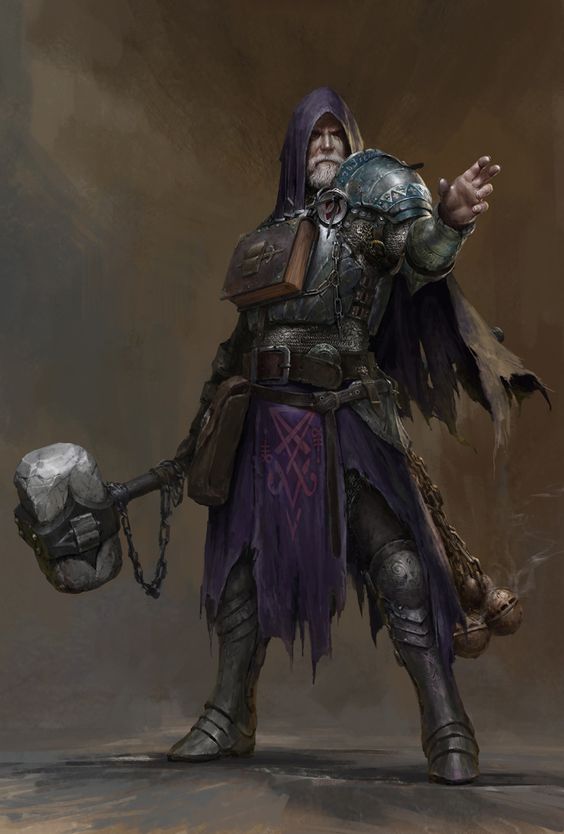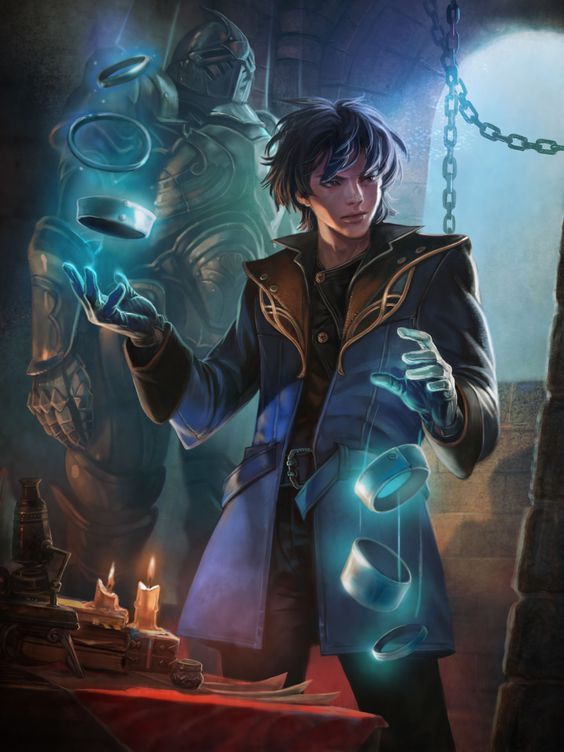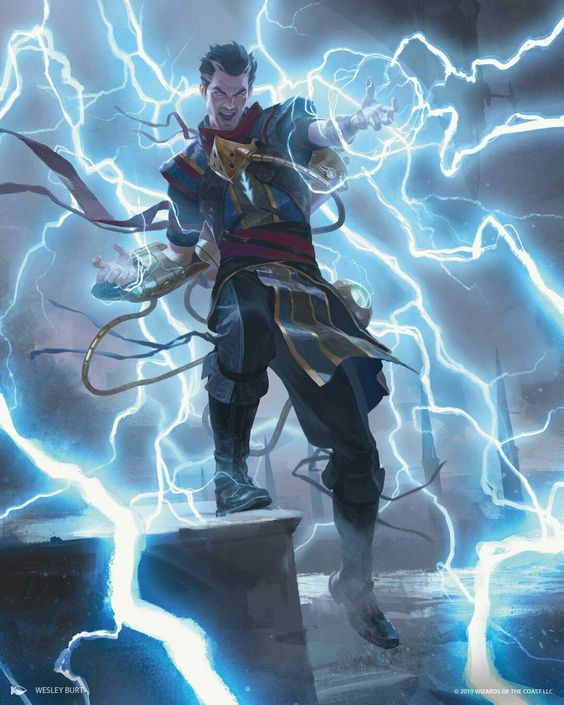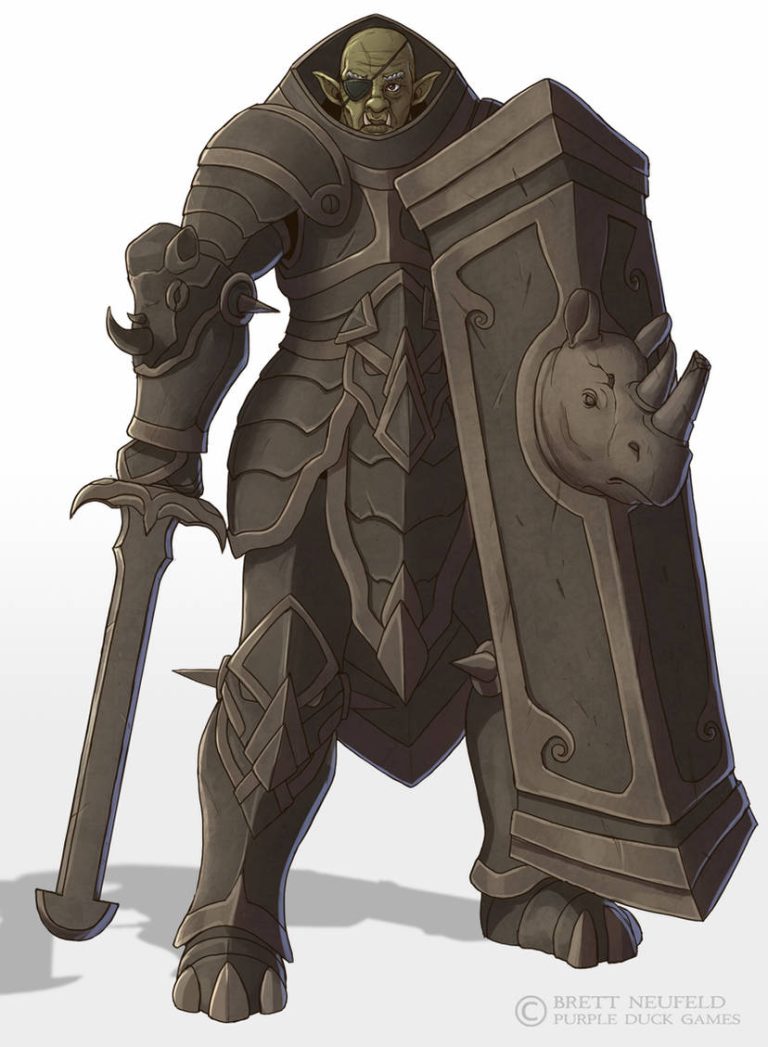D&D 5e: Heavily Armored Feat Guide: Is Heavy Armor Really The Best Armor?

D&D 5e: Heavily Armored Feat Guide: Is Heavy Armor Really The Best Armor?
Rating the Benefits of Heavily Armored
Benefit #1 –
+1 Strength, to a maximum of 20
Many feats offer half an ASI as part of their benefits. Strength is a widely used stat for many classes, and it’s almost mandatory to effectively wear heavy armor.
Benefit #2 –
A character with this feat gains proficiency in Heavy Armor
The four varieties of heavy armor provide the highest base AC in the game and need no Dexterity investment. A character heavily specced into heavy armor and defense is possibly the hardest to hit in the entire game.

Mechanics and Requirements
Understanding How It Functions
+1 Strength
Half an ASI is a decent benefit, offered by many feats.
Essentially all heavy armor has a Strength requirement to wear, penalizing a character’s speed by 10ft if they don’t meet the necessary value. (13 Str for chain, 15 Str for splint and plate.)
We say essentially because ring mail has no Strength requirement. But ring mail has a base AC of 14 and cannot gain Dex bonuses, meaning it is worse in every way than wearing any of the three best medium armors. Don’t let your friends wear ringmail, kids.
Strength also has more value, here:
- Heavy armor is … uh, heavy. Full plate armor weighs 65 lbs. A character with 10 Str can only carry 150 lbs maximum, meaning their armor alone will take up almost half of their carry capacity. Higher Strength makes this less of an issue.
- Many characters are wearing heavy armor so they can get up close and personal with melee weapons. The majority of melee weapons, especially those that hit hardest, are purely reliant on Strength.
- Strength helps a character escape grapples, climb walls, swim, leap, and other athletics checks. All of this matters a lot more when you’re wearing enough metal that you could take it off and build a small wall.
Proficiency in Heavy Armor
There are currently four varieties of heavy armor in 5e, listed below:
- Ring mail – AC 14, 30g
- Chain mail – AC 16, 75g
- Splint – AC 17, 200g
- Plate – AC 18, 1500g
Unlike other armor types, heavy armor does not allow a character to use their Dexterity bonus to calculate their armor class. For a build wearing plate, a Dex of 10 and a Dex of 18 are functionally the same, when it comes to final AC.
This is both a blessing and a curse. The upside is that a character’s AC isn’t reliant on stats. Wearing better armor is an instant increase in defensive stats.
The downside, ironically, is exactly the same. Your AC is the AC of your armor. Perhaps add bonuses from a shield if you’re carrying one, and maybe magic items or spells. That’s it.
Every heavy armor gives disadvantage on Stealth checks for a character wearing it, understandably as they’re clanking around in dozens of pounds of metal.
Still, there is no way for a character to gain a higher AC than by packing plate mail and a shield, plus bonuses. It will always be 1 point higher than any equivalent build using other armor types. This means characters looking for the best defense, who aren’t investing in a high Dex score, should always be looking to pick up heavy armor.
Key Stats
As already mentioned, the Heavily Armored feat gives a character a +1 boost to Strength.
All heavy armor has a minimum Strength requirement, and many characters in heavy armor will want to be in melee using weapons, so this is pretty useful.
Ideal Characters for Heavily Armored
Top Classes
Ranger – Many Rangers really want to be up close and personal, especially subclasses that lean more heavily into melee prowess. For Rangers that build into damage using a Strength build and a polearm or two-handed weapon, survivability is a constant concern, as the build will only ever reach middling levels of AC.
Cladding themselves in plate fixes that, boosting AC by a significant factor, and letting the Ranger focus on dealing out damage, rather than trying to avoid it.
Hexblade Warlock – Heavy Armor is the only proficiency Hexlocks don’t automatically gain, and some builds might want to dump physical stats and focus purely on Charisma, leaning into subclass benefits.
For non-Hexlocks, taking a Dwarf for proficiency up to medium armor, and then grabbing this feat is a definite path that can increase AC by around 4-5 points. It’s a heavy investment, but might be worth it for certain builds.
Wizard – Wizards don’t often need racial bonuses for their build, so again, taking Dwarf and stacking armor is a legitimate tactic. Especially considering the Wizard gains a bunch of defensive spells that are incredibly powerful on a frame that’s packing an AC of 18-20.
Shield, Blur, the War Caster subclass AC bonus, the Divination Wizard’s portents, between these, suddenly a Wizard’s 1d6 hit die seems like less of a hindrance. After all, if nothing can hit you, you never lose HP.
Multiclassing Considerations
Taking a level in a class that provides heavy armor proficiency is a legitimate option instead of taking Heavily Armored. More on this later in the guide.
Race or Subrace Choices
Dwarf – Mountain Dwarves come with light and medium armor proficiency, so can take Heavily Armored out of the gate. There’s also a second, much more significant reason to take Dwarf. More on this shortly.
Variant Human – If there was ever a best time to take the Heavily Armored feat, it would be in character creation, as a free option from variant human.
Warforged – The only published race in 5e to gain an AC bonus as a racial trait. A permanent +1 to AC is a massive buff, especially when your armor is literally layered into your skin and never needs to be removed.
Combos, Tactics, and Synergies
Complementary Feats
Heavy Armor Master – HAM is a fantastically powerful feat that significantly increases a character’s toughness. Plus, it has a handly +1 Str, right there, evening out the stats gained by Heavily Armored.
Tough – If you’re making the hardiest character possible, up to +40 HP is a massive benefit towards it.
Spells that Synergize
Shield – Stack AC even higher against the attacks that actually manage to hit you.
Armor of Agathys – What happens if armor, but with armor on top? Gain a barrier of temp HP, plus reflected damage for every enemy that manages to land a hit.
Stoneskin – While there’s a material cost, resistance to physical damage for an hour is, honestly, kind of crazy.
Strategies for Maximizing Heavily Armored Effectiveness
Dump Dexterity
No type of heavy armor allows a character to add their Dexterity bonus to their AC. It actually specifies that a character with a Dex penalty isn’t penalized for having a negative modifier.
This means that a character wearing heavy armor can safely dump their Dex down to nothing, with no real repercussions. As long as they’re wearing armor. Getting caught unaware could be bad, as it might leave the character with an AC lower than 10.
Heavily Armored and Dwarves
Heavy Armor typically has a Strength requirement to wear it. For example, plate mail needs a Str score of at least 15 to wear without penalty.
Interestingly, though, the penalty is only a -10ft debuff to speed. And all Dwarves have a racial trait tucked into their speed that says “Your speed is not reduced by wearing heavy armor.”
So, a dwarf can happily wear heavy armor that they have proficiency in but don’t have the stats for, with literally no downsides. High Dex archers, spellcasters, and suddenly every class can be a tank.
Heavily Armored vs Multiclassing
If your build needs heavy armor, there’s a real argument for multiclassing, instead of losing an ASI or feat option.
This is especially attractive for martial builds, which tend to lose less from dipping a single level of another class, mostly because there’s no spell progression to worry about.
There are two options:
- Take a class that gains Heavy Armor proficiency as your first level: Fighter and Paladin are common choices for this. If you take these classes at a later level, you do not gain heavy armor proficiency, only gaining up to medium and shields instead.
- Take a class that gains Heavy Armor proficiency as a class feature. Clerics are the most common, with many gaining heavy armor at level 1, alongside spellcasting, and another useful class feature.
Final Thoughts on Heavily Armored
The Heavily Armored feat is an enigma. What it does is incredibly clear, and sounds like it should be useful.
The problem is, for almost every class and character in 5e, anyone who really needs proficiency in something, gets it. That’s why Heavily Armored is bad. Not because the feat isn’t useful. But because no build’s ever going to want to take it over any other way to get heavy armor.
If your build desperately needs heavy armor, and there’s no other way to get it, you could pick up this feat. But you probably shouldn’t.








